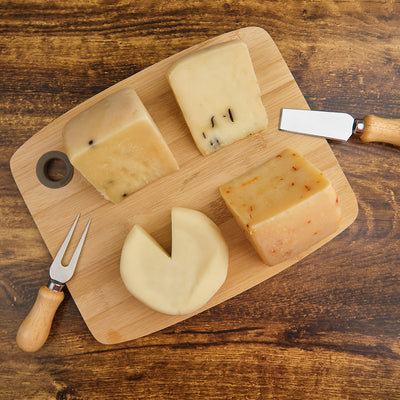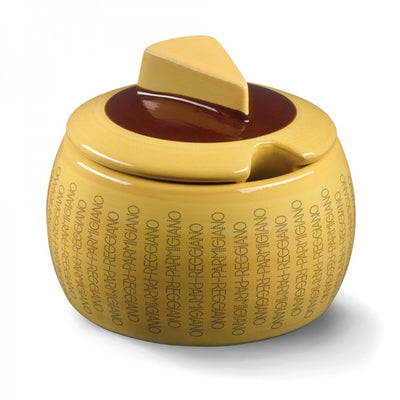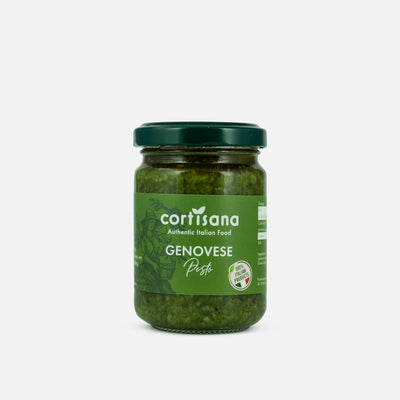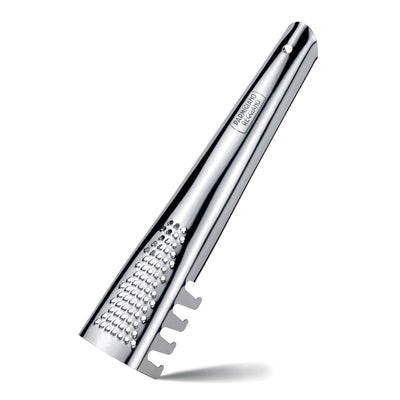Pici vs. Bigoli: Exploring the Unique Differences in Two Italian Pasta Delights
Italian cuisine is renowned for its diversity and rich flavors, and one of the primary contributors to its gastronomic excellence is pasta. Italy boasts a multitude of pasta varieties, each with its unique shape, texture, and flavor. Two lesser-known yet delightful pasta types are Pici and Bigoli. While they might seem similar at first glance, there are distinct differences that set them apart. In this article, we will explore the characteristics and origins of Pici and Bigoli pasta, highlighting their unique qualities
.
Pici Pasta
Origin and Tradition
Pici pasta originates from the Tuscany region of Italy, particularly in the province of Siena. It has a long history, dating back centuries, and is considered a traditional Tuscan delicacy.
Appearance and Shape
Pici is a thick, hand-rolled pasta that resembles thick spaghetti but is significantly larger in diameter. It is typically made by rolling pieces of dough into long, thick strands, giving it a rustic and homemade appearance.
Texture
Pici has a unique texture that sets it apart from other pasta types. It is chewy and slightly dense, making it an excellent choice for rich, hearty sauces that can cling to its rough surface.
Versatility
Due to its thickness and texture, Pici pairs exceptionally well with robust sauces, such as ragù, wild boar, or duck. Its ability to hold these hearty sauces makes it a popular choice in Tuscan cuisine.
Bigoli Pasta
Origin and Tradition
Bigoli pasta hails from the Veneto region of Italy, particularly in the city of Venice. It has a history dating back to the 1600s and is closely associated with Venetian culinary traditions.
Appearance and Shape
Bigoli pasta is similar to Pici in terms of thickness but has a unique shape. It is extruded through a special press that gives it a thick, round shape with a long, hollow center, resembling a thick spaghetti with a hole.
Texture
Bigoli pasta has a satisfying al dente texture, making it a versatile choice for various sauces. The hollow center allows it to absorb and capture the flavors of sauces effectively.
Versatility
Bigoli is a versatile pasta that pairs well with both light and creamy sauces. It is often served with traditional Venetian sauces like "sarde in saor" (sardines with sweet and sour onions) or a simple butter and sage sauce.
Key Differences
Origin: Pici comes from Tuscany, while Bigoli is a specialty of Venice in the Veneto region.
Shape: Pici is hand-rolled and thick like spaghetti, while Bigoli is extruded and has a round, hollow shape.
Texture: Pici is chewy and dense, ideal for hearty sauces, while Bigoli has an al dente texture suitable for a wide range of sauces.
Sauce Pairing: Pici is best paired with rich, meaty sauces, whereas Bigoli is versatile and goes well with various sauces, including seafood and butter-based options.
























Leave a comment